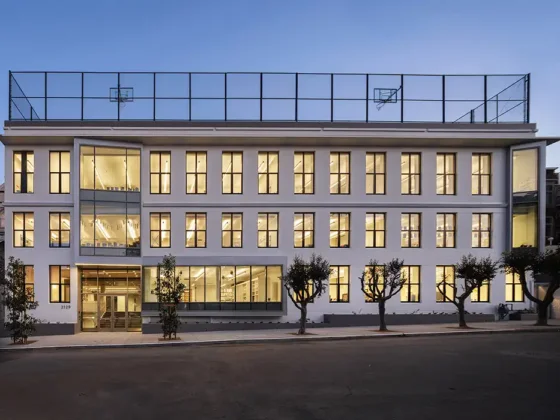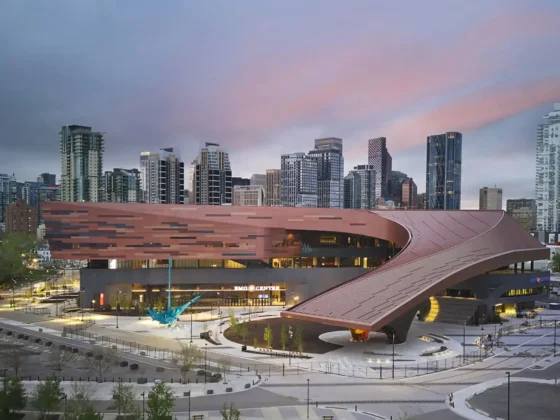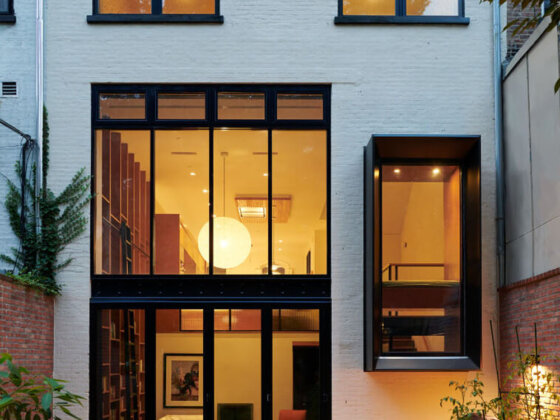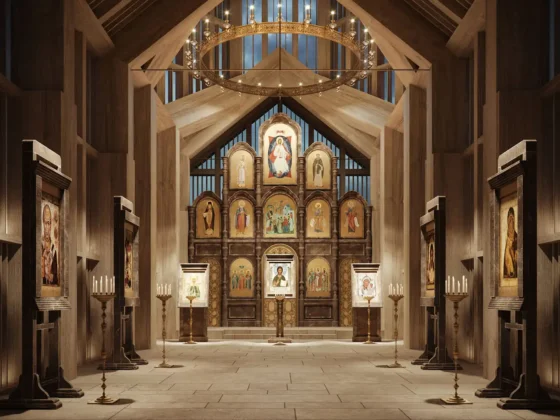San Francisco, California, USA
Designed in collaboration between Paulett Taggart Architects and Studio VARA this 152-unit affordable housing development for Mercy Housing California complements and integrates with the nearby neighborhood parks, prioritizing the physical and social wellness of resident families.

The design team responded by breaking down the scale of the building, creating smaller distinguishable communities within the block that facilitate the meeting of neighbors and the building of community.
The massing strategy breaks open the perimeter block typology into four articulated wings connected by open-air circulation and multilevel landscapes.
Open-air bridge connections provide porosity between the building wings that allow residents within the courtyards to look out and have a visual connection to their surrounding neighborhood.
Ground floor program placement, building heights, and design of each wing’s facade responds to the specificity of their street frontage.
The main residential lobby and child development center face Mission Bay Kids Park. Along Mission Bay Commons (the neighborhood’s backyard park), a courtyard entry gate serves as the resident’s back door, and street entries to a children’s music school and multi-purpose community room maintain neighborhood connections.
The four-story Mews wing responds to the scale of the intimate mid-block pedestrian passage. Stoop entries help to enliven the streetscape around the building’s perimeter.

Open and airy, yet warmed by its wood interior elements, the corner stair tower at the main entry acts as a beacon at the terminus of an urban view corridor, offering stunning views out and welcoming residents to use the stairs for a healthy and active lifestyle. In the evening, it glows with a dynamic pattern of light from its unique configuration of windows.
Outdoor spaces, such as the ground floor and upper-level courtyards, and other vignettes act as an extension of the indoor common areas, offering a range of seating and lush landscaping.
The bicycle pavilion, with its lively perforation pattern, casts playful shadows and illuminates as a lantern in the evening.
Throughout the multi-level green space, the paving and turf follow a coordinated and dynamic geometric pattern.
Ground floor storefront windows have their distinct rhythm of clear, translucent, colored opaque, and colored translucent glass, and act as a continuous ribbon unifying the building’s entire ground floor.
The community room spills into the ground-level courtyard and is strategically located to allow for public access for neighborhood events.
An adjacent teen lounge features a variety of seating for study and leisure.
The ground floor child development center serves families in the community, with free services to eligible local households.
A variety of break-out common spaces (interior and exterior) were equipped with WIFI, a necessary tool for work and school, in response to the needs of resident families.

Project: Sister Lillian Murphy Community
Architectσ: Paulett Taggart Architects
Associate Architect: Studio VARA
Design Team: Paulett Taggart, Roselie Ledda, Karl Vinge, Christopher Roach, Jackie Fung, and Nick Brown
Associate Architects: Studio VARA
Landscape Architects: GLS Landscape | ArchitectureLandscape Design Team: Gary Strang and Dean WilliamsGeneral Contractor: Cahill Contractors, Inc.
Client: Mercy Housing California
Photographers: Bruce Damonte Photography













